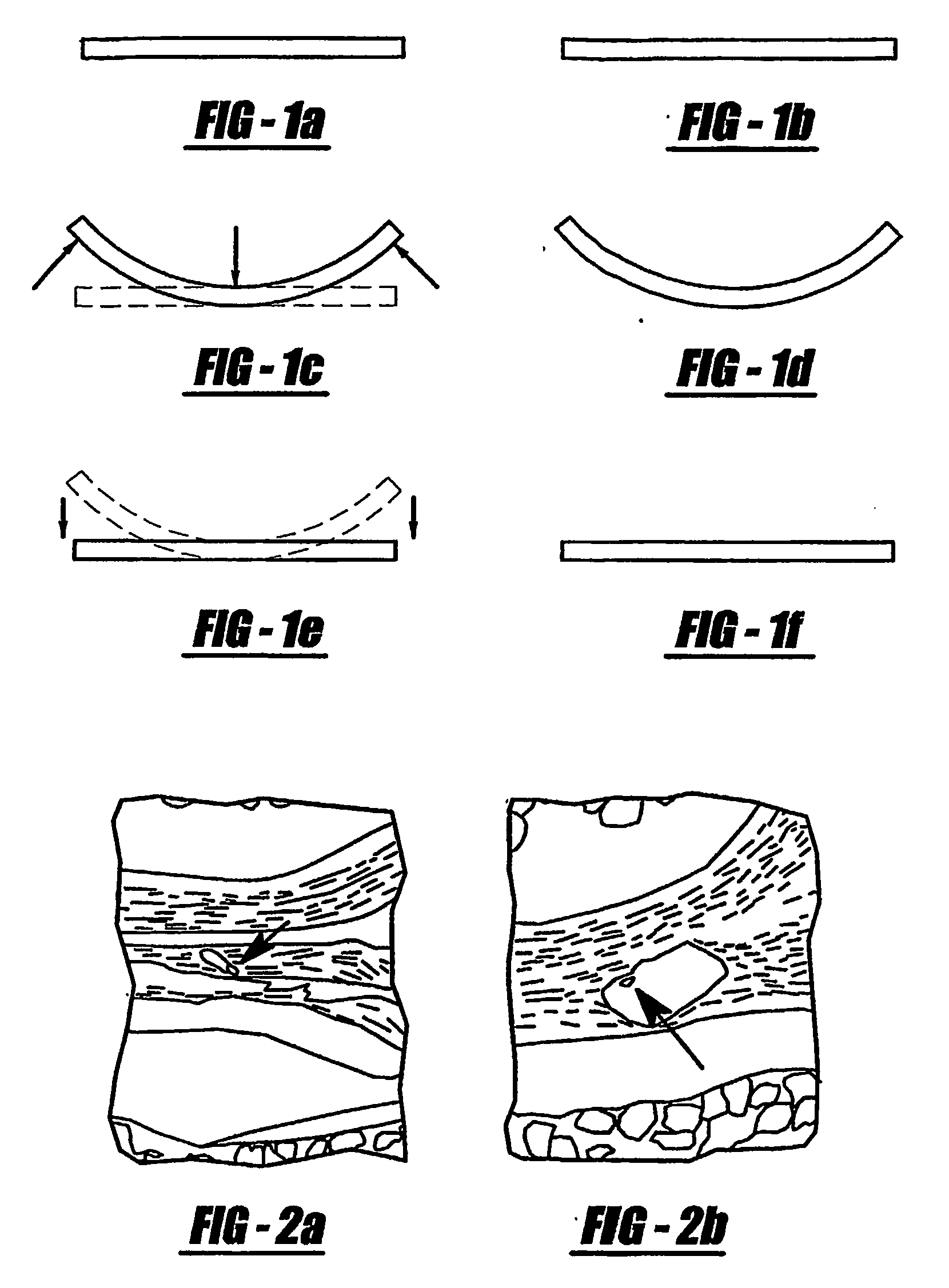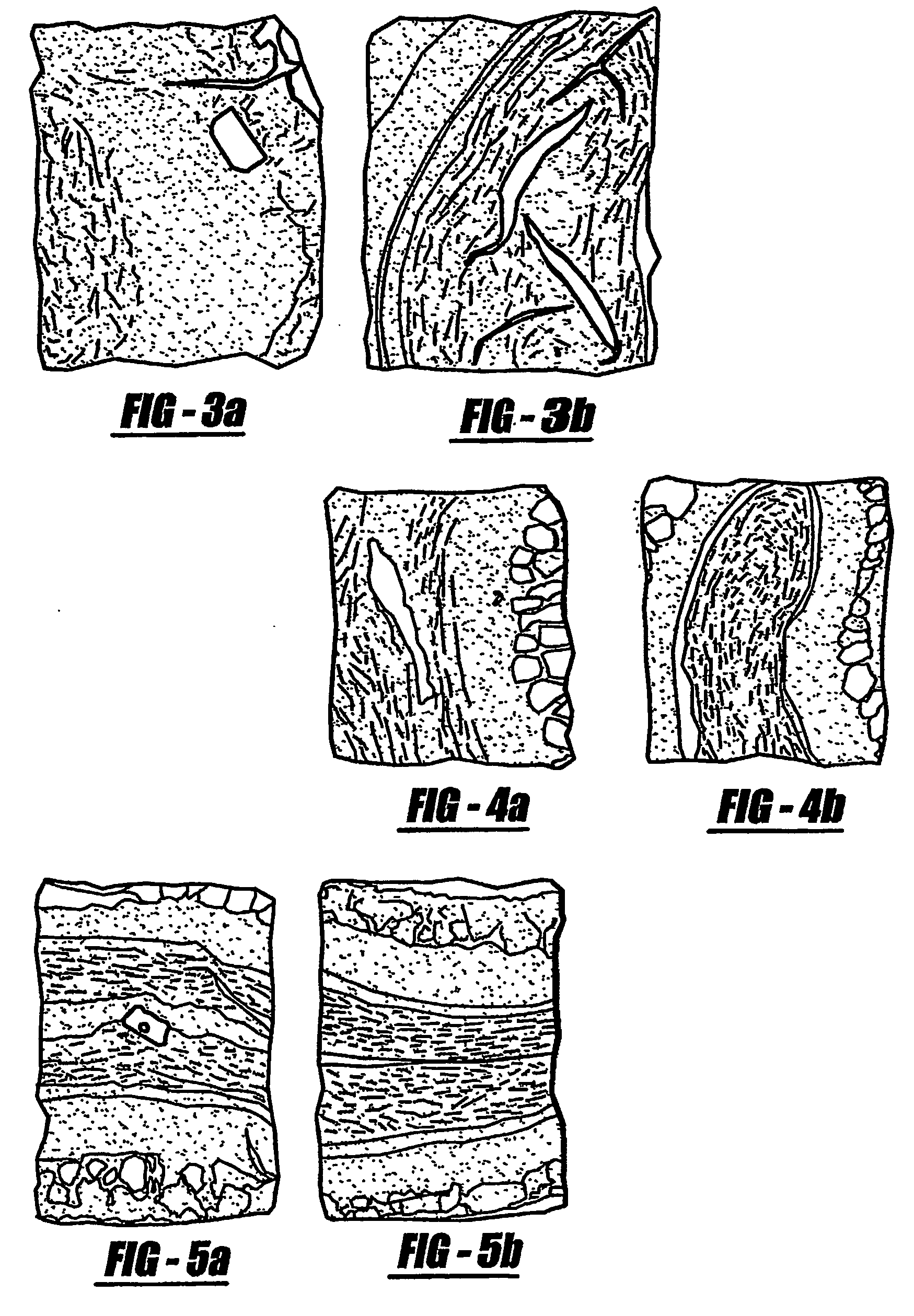Shape-memory polymer coated electrodes
a polymer coating and electrode technology, applied in the field of coating electrodes, can solve the problems of tissue inflammation and necrosis cell death, damage to brain tissue, and previously available techniques for removing portions of such coatings have not been entirely satisfactory,
- Summary
- Abstract
- Description
- Claims
- Application Information
AI Technical Summary
Benefits of technology
Problems solved by technology
Method used
Image
Examples
example 1
[0103] Insertion of electrodes in brain tissue evokes an inflammatory astrocytic scar reaction that severely limits long-term electrode performance. The rate of electrode insertion and the composition of electrode coatings are major factors contributing to the astrocytic scar. The use of low modulus, compliant materials capable of slow deployment in situ minimizes adverse long-term tissue reactivity to electrode implantation. In order to deploy electrodes in situ at slow rates (hours to days), thermally actuated composite electrodes fabricated from shape-memory polymers (SMP's) were used. SMP's were designed to deploy at body temperature at different rates, thereby enabling a thorough study of the effect of rate of deployment on the extent of astrocytic scar reaction. Composite SMP electrodes incorporated compliant gold conductors and were attached to a base of lightweight polyimide. Different coatings of the tip of the electrode were tested for biocompatibility, including bioresorb...
example 2
Shape-Memory Polymers.
[0104] Shape-memory polymers (SMP's) and SMP composites (Gall et al., 2002; Tobushi et al., 1992) are an attractive compliant material that has not been proposed for use in electrodes. The thermo-mechanical response of shape-memory polymers is shown schematically in FIG. 1, as defined by four critical temperatures. The glass transition temperature, Tg, is the reference point for thermo-mechanical deformation and recovery. An advantage of SMP's is that Tg can be easily varied over a temperature range of several hundred degrees by control of chemistry or degree of cross-linking. The deformation temperature, Td, is the temperature at which the polymer is deformed into its temporary shape (FIG. 1). The initial deformation at Td can occur above or well below Tg depending on the desired recovery response (Gall et al., 2002). The storage temperature, Ts, is below Td and constitutes the temperature at which the temporary shape is stable over time. After deformation a...
PUM
| Property | Measurement | Unit |
|---|---|---|
| diameter | aaaaa | aaaaa |
| Tg | aaaaa | aaaaa |
| thickness | aaaaa | aaaaa |
Abstract
Description
Claims
Application Information
 Login to View More
Login to View More - R&D
- Intellectual Property
- Life Sciences
- Materials
- Tech Scout
- Unparalleled Data Quality
- Higher Quality Content
- 60% Fewer Hallucinations
Browse by: Latest US Patents, China's latest patents, Technical Efficacy Thesaurus, Application Domain, Technology Topic, Popular Technical Reports.
© 2025 PatSnap. All rights reserved.Legal|Privacy policy|Modern Slavery Act Transparency Statement|Sitemap|About US| Contact US: help@patsnap.com



